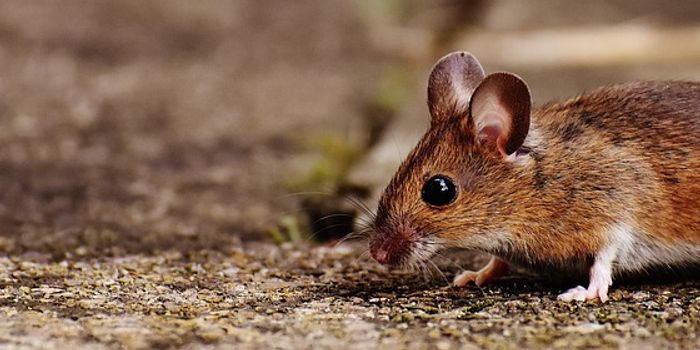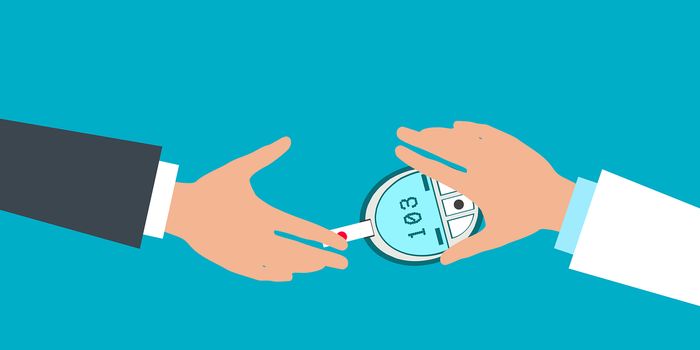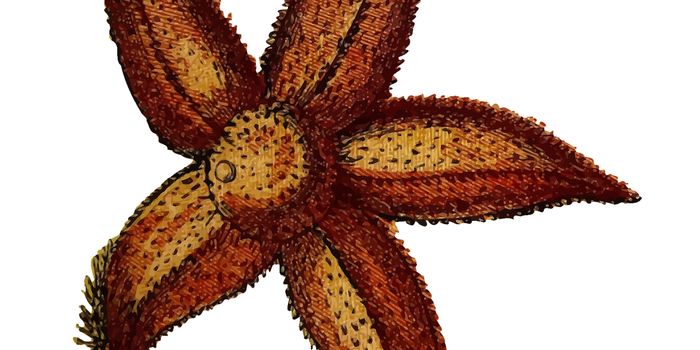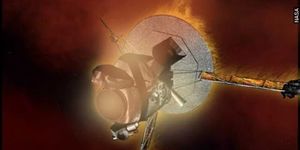Here's How Smaller Creatures, Like Beetles, Take Advantage of Surface Tension
There is a quality of water, or liquids in general, that we often overlook because we’re so large and heavy; It’s called surface tension, and only nature’s smallest creatures could ever possibly harness the power of surface tension because they are the only things light enough to use it without breaking through it.
One example out of many is a diving beetle, which is so small, that water would actually feel gooey to them instead of thin and maneuverable. As a result of surface tension, they’re able to produce their own “scuba diving” equipment by trapping air underneath the thin layer of film that sits atop water, creating bubbles.
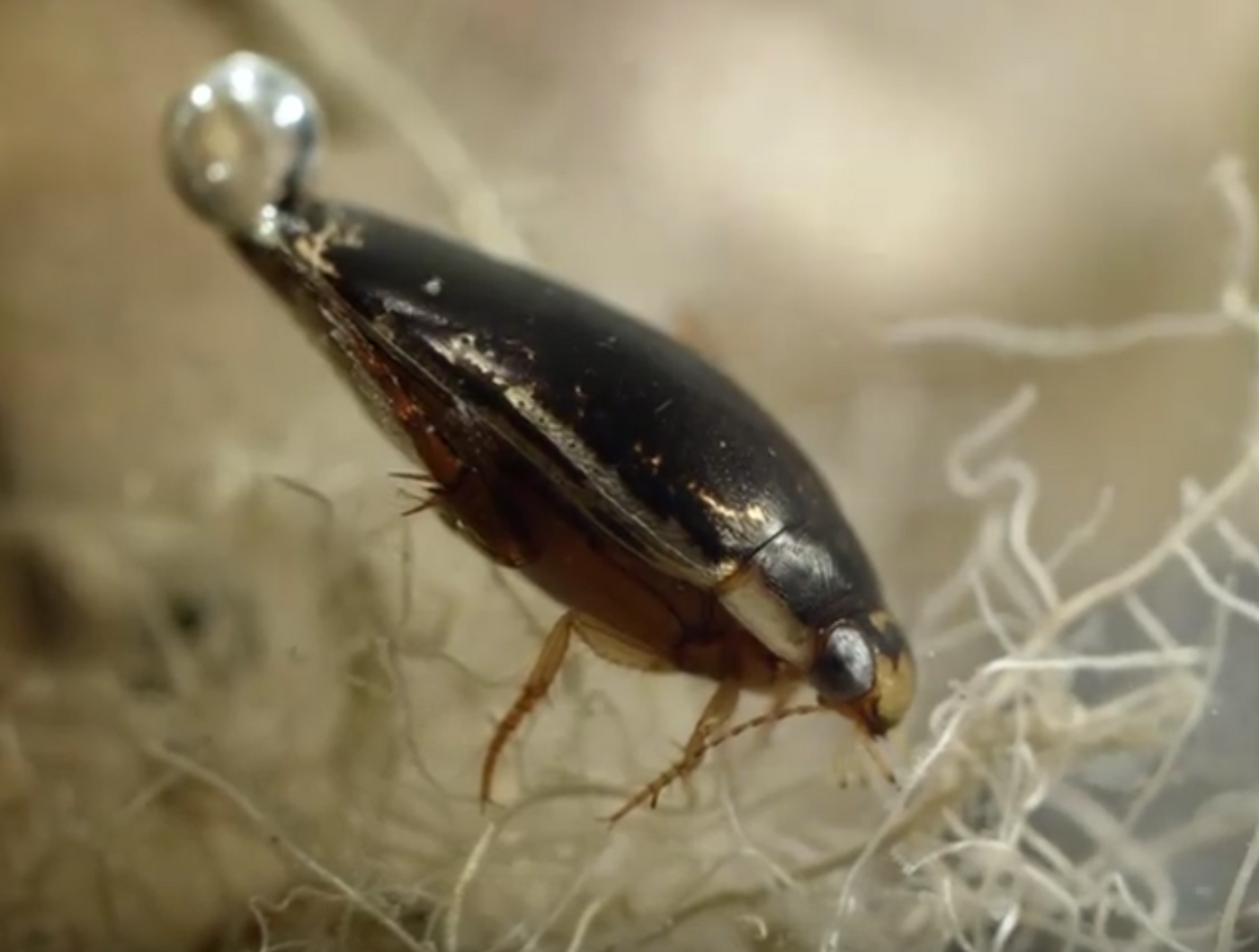
Beetles will then take these air bubbles under the water with them, and use it for breathing as they hunt for food. Some beetles will use the air bubble for just minutes at a time, and others will use it for an incredibly long time – some for their entire lifetime.
To keep the air bubble safe from getting popped, they hide the air bubble under their wings over their backs, and sometimes, you can see their small air bubbles sticking out of their behind, as this is relatively close on their bodies to where they breathe from.
The trick to the beetle being able to make the air bubble stick to their body without floating off and away is that they have a very light touch, and the water molecules easily stick to them without being disrupted.
You can watch the video demonstration of a beetle taking advantage of water surface tension and using it to create its own breathing air bubble for its water dive below:
You may have also seen insects that can actually walk on water, known as water treaders – these animals are also taking advantage of surface tension. They're so light that they're unable to break the surface tension, and as a result, they're actually walking on the film that separates liquid water from the air.
Bigger animals can’t do this because surface tension isn’t all that strong. Typically, only things that weigh less than a paperclip are going to be light enough to take advantage of surface tension; anything heavier will fall right though and into the water.

Of course, surface area has a lot to do with this too – you’ve probably seen some pretty heavy leaves that fan float on surface tension without actually breaking the film layer, and this is because their weight is evenly distributed to where no one point of the leaf is heavy enough to break the surface tension. If all of the weight were focused on one specific spot, hence less surface area, then it would break the surface tension.
Source: Deep Look

